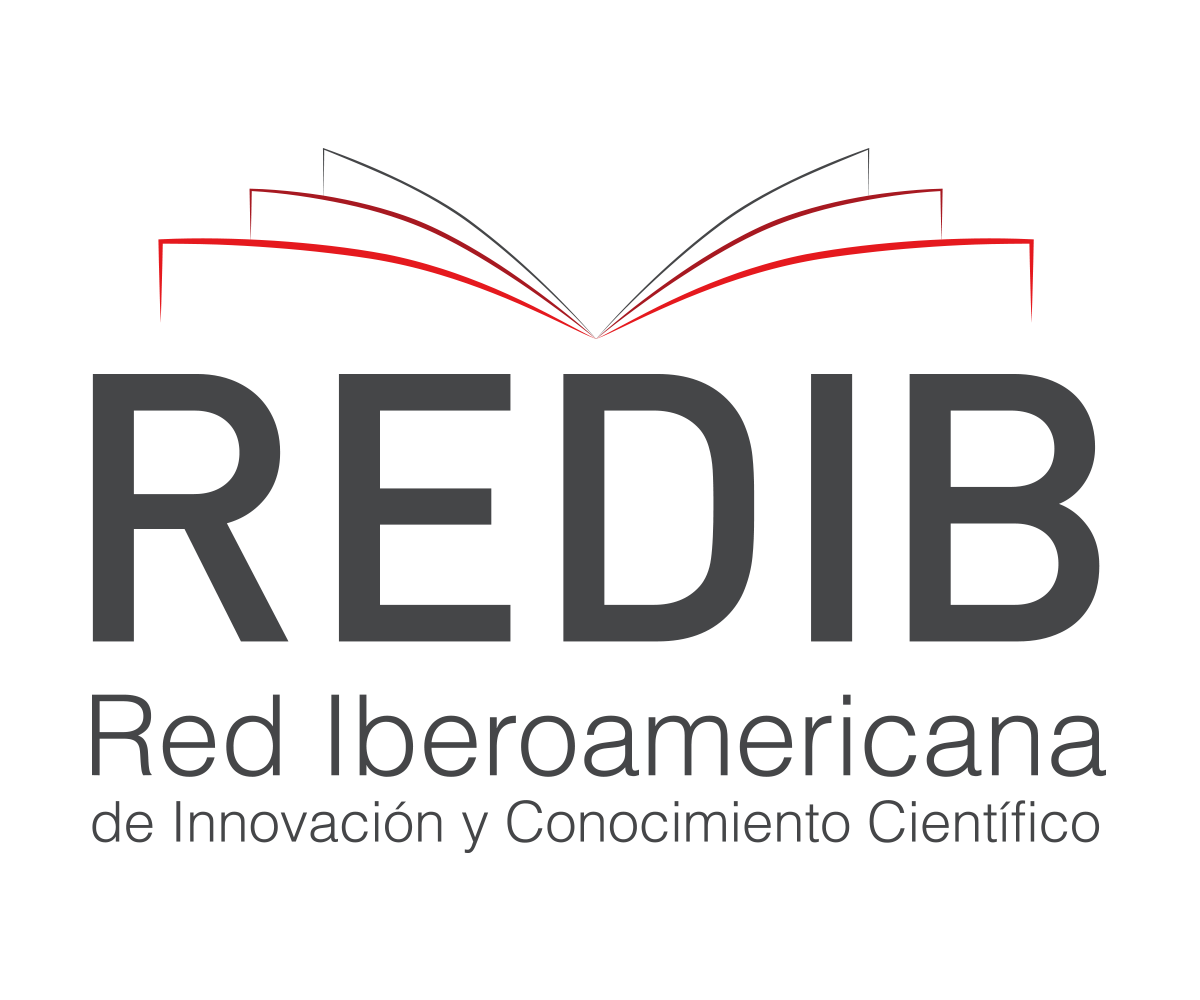From internment to the community - the informal caregiver in the transition
DOI:
https://doi.org/10.37914/riis.v5i1.191Keywords:
caregiver; Continuity of patient care; Integration of care; Community Nursing.Abstract
Background: the transition process between inpatient institutions and the home entails changes and adaptations, especially for the informal caregiver. Objectives: to understand the difficulties experienced by informal caregivers in caring for the family member/user at home; Identify the tools used by them to overcome them; Know the support they have for the provision of care at home; Know your opinion about the importance of a home visit before the patient goes home and, finally, create an Integrar+ intervention project. Methodology: Qualitative descriptive and exploratory study with a phenomenological-hermeneutic approach and with a sample of 8 caregivers. A semi-structured interview (ad hoc) was used. Results: informal caregivers did not feel prepared to receive the family member/user at home, most did not have adapted housing. The needs mentioned were: physical, psychological/emotional, financial, social and unavailability. They mentioned emotional coping, family, social and self-care support, training of informal and family/user caregivers and health care as strategies. Conclusion: the articulation between the Continuing Integrated Care Team and the referral entities is essential for a safe transition of care, with health gains for informal caregivers/users/families.
References
Amaral, M.O.P., Matos, N.A.M., Veiga, N.J., & Matos, D.S.P. (2020). Problemas experienciados pelo cuidador informal de pessoa idosa em situação de dependência. Archives of Health Sciences, 27(1), 37-41. Doi: 10.17696/2318-3691.27.1.2020.1710. DOI: https://doi.org/10.17696/2318-3691.27.1.2020.1710
Backman, C., & Cho-Young, D. (2019). Engaging patients and informal caregivers to improve safety and facilitate person- and family-centered care during transitions from hospital to home: A qualitative descriptive study. Patient Prefer Adherence, 13, 617-626. https://doi.org/10.2147/PPA.S201054 DOI: https://doi.org/10.2147/PPA.S201054
Choi, J., Lingler, J.H., Donahoe, M.P., Happ, M.B., Hoffman, L.A., & Tate, J.A. (2018). Home discharge following critical illness: A qualitative analysis of family caregiver experience. Heart Lung; 47(4), 401-407. doi: 10.1016/j.hrtlng.2018.04.003. DOI: https://doi.org/10.1016/j.hrtlng.2018.04.003
Dixe, M. A., Teixeira, L. F., Areosa, T. J., Frontini, R. C., Peralta, T., & Querido A. I. (2019). Needs and skills of informal caregivers to care for a dependent person: A cross-sectional study. BMC Geriatrics, 19, 255. Doi:10.1186/s12877-019-1274-0. DOI: https://doi.org/10.1186/s12877-019-1274-0
Hahn-Goldberg, S., Jeffs, L., Troup, A., Kubba, R., & Okrainec, K. (2018). "We are doing it together": The integral role of caregivers in a patients' transition home from the medicine unit. PloS One, 13(5), e0197831. https://doi.org/10.1371/journal.pone.0197831 DOI: https://doi.org/10.1371/journal.pone.0197831
Instituto da Segurança Social (2021). Guia Prático – Estatuto do Cuidador Informal Principal e Cuidador Informal não Principal. Departamento de Prestações e Contribuições. https://www.segsocial.pt/documents/10152/17083135/8004_Estatuto+Cuidador+Informal+Principal+e +Cuidador+Informal+n%C3%A3o+Principal/edcbe0f7-3b85-48b8-ad98- 2e0b2e475dd4
Kiran, T., Wells, D., Okrainec, K., Kennedy, C., Devotta, K., Mabaya, G., Phillips, L., Lang, A., & O'Campo, P. (2020). Patient and caregiver experience in the transition from hospital to home: Brainstorming results from group concept mapping: A patient-oriented study. CMAJ Open, 8(1), E121–E133. https://doi.org/10.9778/cmajo.20190009 DOI: https://doi.org/10.9778/cmajo.20190009
Lei n.º 100/2019 de 6 de stembro. (2019). Aprova o Estatuto do Cuidador Informal, altera o Código dos Regimes Contributivos do Sistema Previdencial de Segurança Social e a Lei n.º 13/2003, de 21 de maio. Diário da República, 1(171), pp. 3-16. https://dre.pt/application/conteudo/124500714
Lilleheie, I., Debesay, J., Bye, A., & Bergland, A. (2020). Informal caregivers' views on the quality of healthcare services provided to older patients aged 80 or more in the hospital and 30 days after discharge. BMC Geriatrics, 20(1), 97. Doi: 10.1186/s12877-020-1488-1. DOI: https://doi.org/10.1186/s12877-020-1488-1
Maio, E. P. (2018). Capacidades do cuidador informal para cuidar da pessoa com dependência no autocuidado [Dissertação de Mestrado]. Instituto Politécnico de Leiria. https://iconline.ipleiria.pt/handle/10400.8/3841
Martins, R., & Santos, C. (2020). Capacitação do cuidador informal: o papel dos enfermeiros no processo de gestão da doença. Gestão e Desenvolvimento, (28), 117-137. https://doi.org/10.34632/gestaoedesenvolvimento.2020.9468
Melo, R., Rua, M., & Santos, C. (2014). Necessidades do cuidador familiar no cuidado à pessoa dependente: Uma revisão integrativa da literatura. Revista de Enfermagem Referência, 4(2), 143-151. https://doi.org/10.12707/RIV14003 DOI: https://doi.org/10.12707/RIV14003
Mendes, F. R. P., Gemito, M. L. G. P., Caldeira, E. C., Serra, I. C., & Casas-Novas, M. V. (2017). A continuidade de cuidados de saúde na perspetiva dos utentes. Ciência & Saúde Coletiva, 22(3), 841-853. Doi: 10.1590/1413-81232017223.26292015. DOI: https://doi.org/10.1590/1413-81232017223.26292015
Menezes, N. G. A., Silva, G. K. R., Nascimento, M. N. B., Santos, R. D. O., & Barros, A. M. M. S. (2017). Um olhar da enfermagem voltado à importância da visita domiciliar na ESF: Uma revisão de literatura. literatura. CIE: Congresso Internacional de Enfermagem, 1(1). https://eventos.set.edu.br/cie/article/viewFile/5589/2285
Ministério da Saúde, Direção-Geral da Saúde. (2015). Plano nacional de saúde: Revisão e extensão a 2020. Direção-Geral da Saúde. http://pns.dgs.pt/files/2015/06/Plano-Nacional-de-Saude-Revisao-e-Extensao-a-2020.pdf.pdf
Mitchell, S.E., Laurens, V., Weigel, G.M., Hirschman, K.B., Scott, A.M., Nguyen, H.Q., Howard, J.M., Laird, L., Levine, C., Davis, T.C., Gass, B., Shaid, E., Li, J., Williams, M.V., & Jack, B.W. (2018). Care Transitions From Patient and Caregiver Perspectives. Ann Fam Med., 16(3), 225-231. doi: 10.1370/afm.2222. DOI: https://doi.org/10.1370/afm.2222
Pereira, J.F.S. & Petronilho, F.A.S. (2018). Satisfação do Familiar Cuidador sobre o Planeamento da Alta Hospitalar. Revista Investigação em Enfermagem 22(3), 42-55. http://repositorium.sdum.uminho.pt/bitstream/1822/53799/1/RIE_Satisfacao%20do%20FC%20sobre%20o%20planeamento%20da%20alta%20hospitalar_N%c2%ba22%2c%20Serie%202%20-%20fev2018.pdf
Rede Nacional de Cuidados Continuados Integrados, Unidade de Missão para os Cuidados Continuados Integrados. (2008).- Manual de planeamento e gestão de altas. http://www.arsnorte.min-saude.pt/wp-content/uploads/sites/3/2018/05/Manual_Planeamento_Gestao_Altas.pdf
Ugur, H. G., & Erci, B. (2019). The effect of home care for stroke patients and education of caregivers on the caregiver burden and quality of life. Acta Clínica Croatica, 58(2), 321–332. https://doi.org/10.20471/acc.2019.58.02.1
Downloads
Published
How to Cite
Issue
Section
License
Copyright (c) 2022 Teresa Lima, Odete Amaral, Pureza de Almeida, Paula Carvalho, Tânia Marques, Ana Raquel Pinto, Tânia Coimbra

This work is licensed under a Creative Commons Attribution 4.0 International License.















